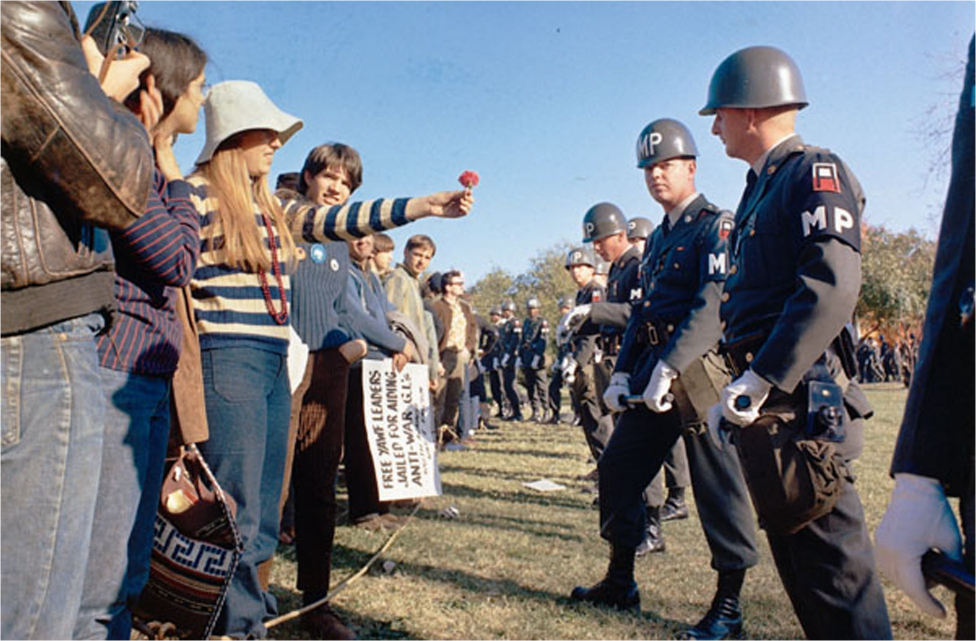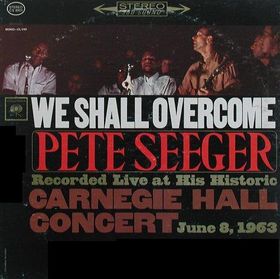Chapter 14: 1960-1968 Inquiry Organizer

Compelling Question: How did internal and external political and cultural tensions shape the years 1960-1968? |
|
Chapter Objectives:
|
| Supporting Question 1: How did debates about the role of the federal government in domestic and foreign policy continue during the 1960s? | Resources:
|
| Supporting Question 2: How did different groups in American society fight for equality and rights? | Resources:
|
Additional Resources:
|
|
Unit 7 Essay Activity
Through this inquiry, students will evaluate primary and secondary sources to explain the factors that contributed to political and cultural tensions during the period 1960-1968. Ultimately, students will use the primary and secondary sources in this chapter to practice constructing an essay, in AP Long Essay Question format, demonstrating their skills in explaining historical causation. Students should be evaluated using the AP Rubric. Assess students’ progress in understanding the compelling question for this chapter by assigning the Unit 7 Essay Activity. |
|
Some components of this resource may contain terminology that is no longer used because the terms are recognized to be offensive or derogatory, and some components may contain images that would be considered offensive or derogatory today. These terms and images have been retained in their original usage in order to present them accurately in their historical context for student learning, including understanding why these are not acceptable today.




